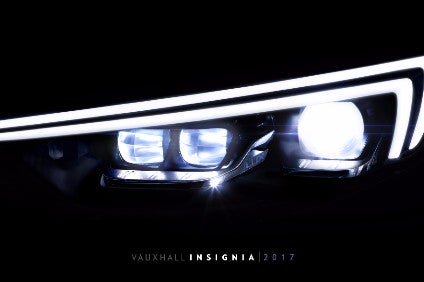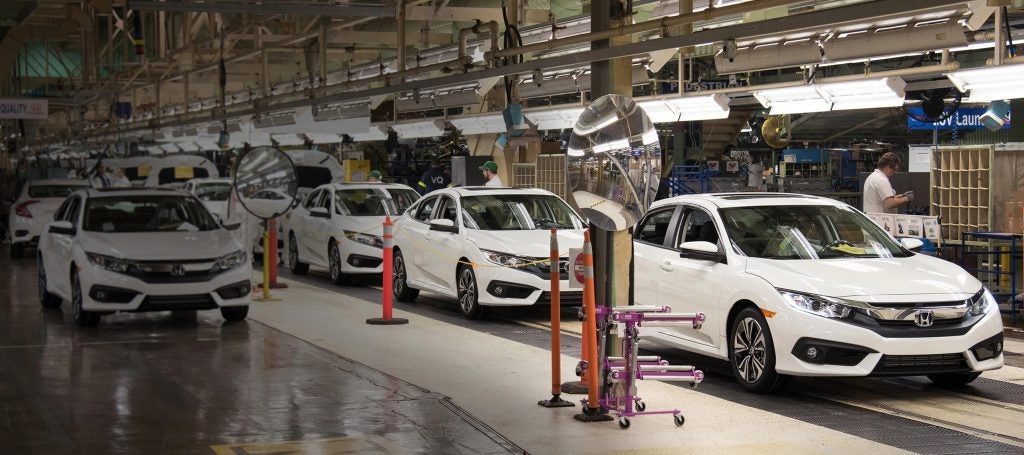
The US – long known for restrictive headlight rules – is expected soon to allow self-dimming adaptive headlight technology to be used on new vehicles sold there, according to local media reports.
The National Highway Traffic and Safety Administration (NHTSA) has officially proposed a new regulation, commenting the technology “has the potential to reduce the risk of crashes by increasing visibility without increasing glare”, motorauthority.com reported.
While automakers have introduced some very clever advanced headlight technology in other markets for years, the outdated US regulations have kept significant advances from that market.
According to the report, the headlights under discussion are “matrix” systems. Numerous individual LEDs make up the headlight, which enable a constant high beam to be projected but with automatic dimming so other road users aren’t blinded. Typically, an onboard camera processes the road ahead and gives the headlights instructions on where dimming is required.
The headlight can dim one portion to keep from blinding the car in front and an oncoming vehicle, while other LEDs stay fully lit for optimal coverage. It helps drivers keep an eye on other potential hazards and can also help keep pedestrians safer on the road.
Here in the UK, the most complex such headlight technology is still the preserve of premium vehicle models but slightly simpler (and cheaper) variations have filtered down to such mainstream models as PSA’s Opel/Vauxhall Astra – then GM-owned Vauxhall specifically included a night-driving route during the media launch of the redesign which introduced the technology to the model line.
How well do you really know your competitors?
Access the most comprehensive Company Profiles on the market, powered by GlobalData. Save hours of research. Gain competitive edge.

Thank you!
Your download email will arrive shortly
Not ready to buy yet? Download a free sample
We are confident about the unique quality of our Company Profiles. However, we want you to make the most beneficial decision for your business, so we offer a free sample that you can download by submitting the below form
By GlobalDataAccording to motorauthority.com, cars sold currently in the US need to have separate high- and low-beam settings. The matrix-style headlights don’t meet that rule as they operate as a single function that handles both low- and high-beams.
The report noted the new regulations come after numerous vehicles sold in the US have underperformed in headlight testing. The Insurance Institute for Highway Safety (IIHS) has delivered dozens of ‘poor’ ratings for vehicles with sub-par headlights. Only premium vehicles with full LED headlights have walked away from tests with ‘acceptable’ or ‘good’ ratings. Automakers first began lobbying for the change in 2016.
The US has a long history of strict vehicle lighting regulations, often unique to the country. Until the 1970s, only standardised seven- or five-inch round headlamps were permitted, forcing some manufacturers of imported models to replace custom-designed rectangular units with US-only, four-round-headlamps systems. Citroen’s later DS ‘goddess’ model line, the Peugeot 504 and various 1970s Renaults were among models which needed new headlamps for US sale. Even after rectangular headlamps were finally permitted in the early 1980s, only one standard size of low/high or high beam unit could be fitted, resulting in, for example, the 1982 Honda Accord being launched with a four-lamp system unique to US market cars.







